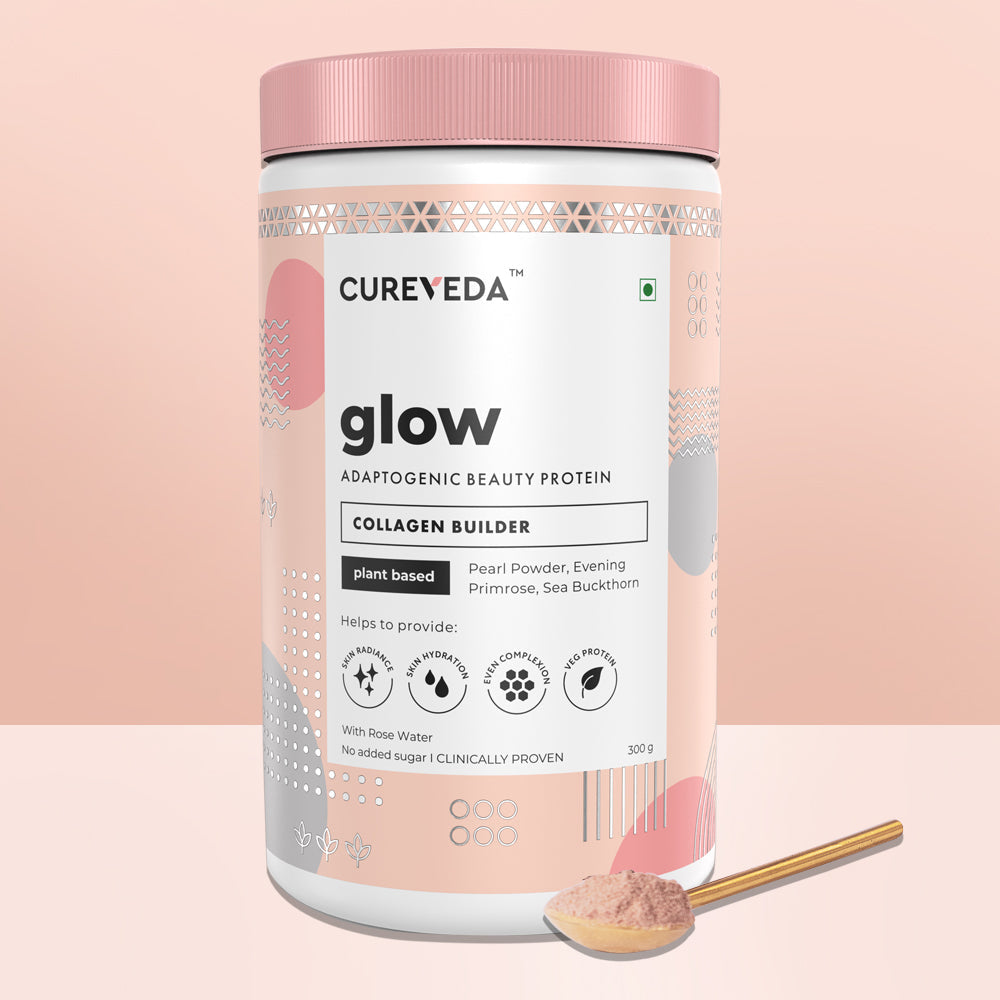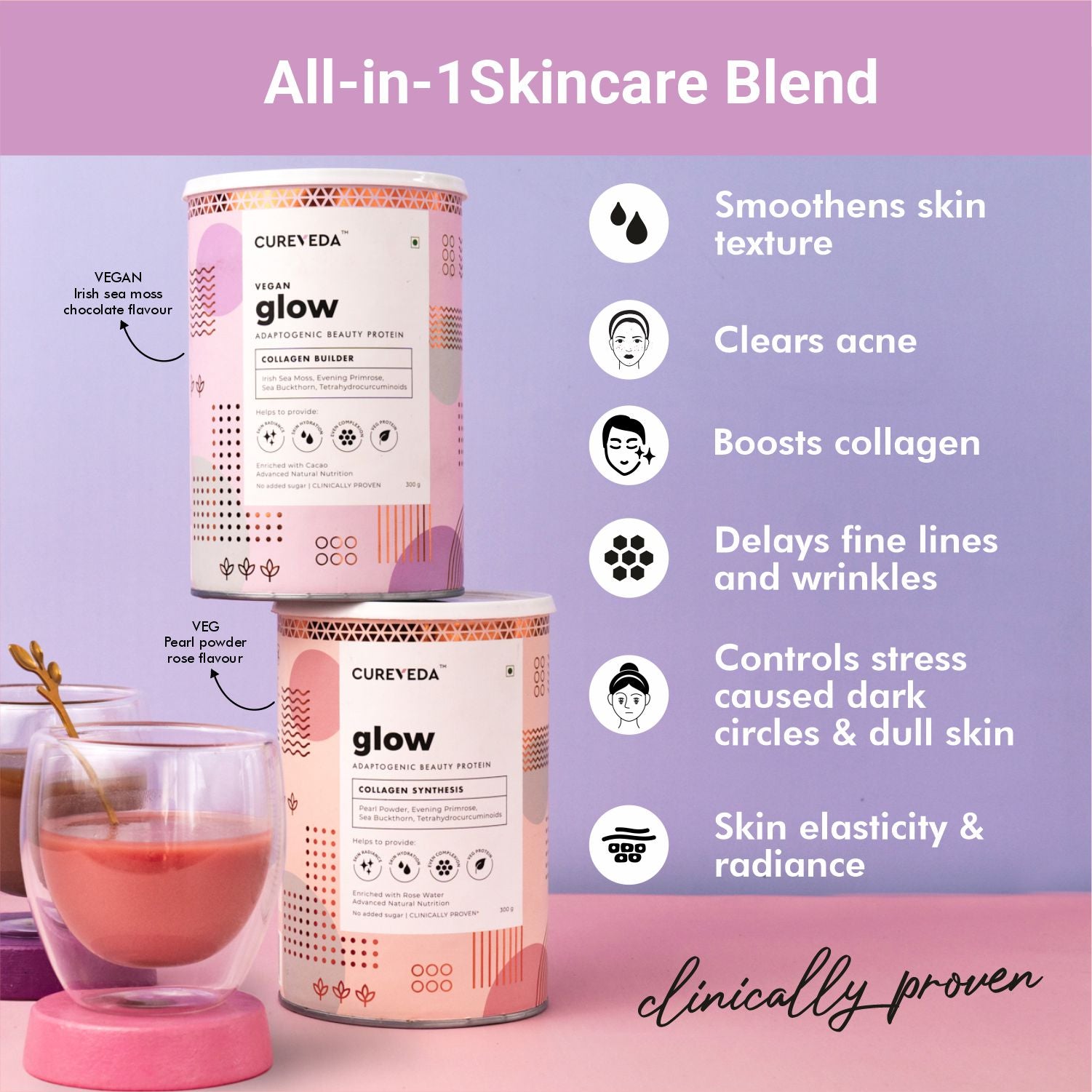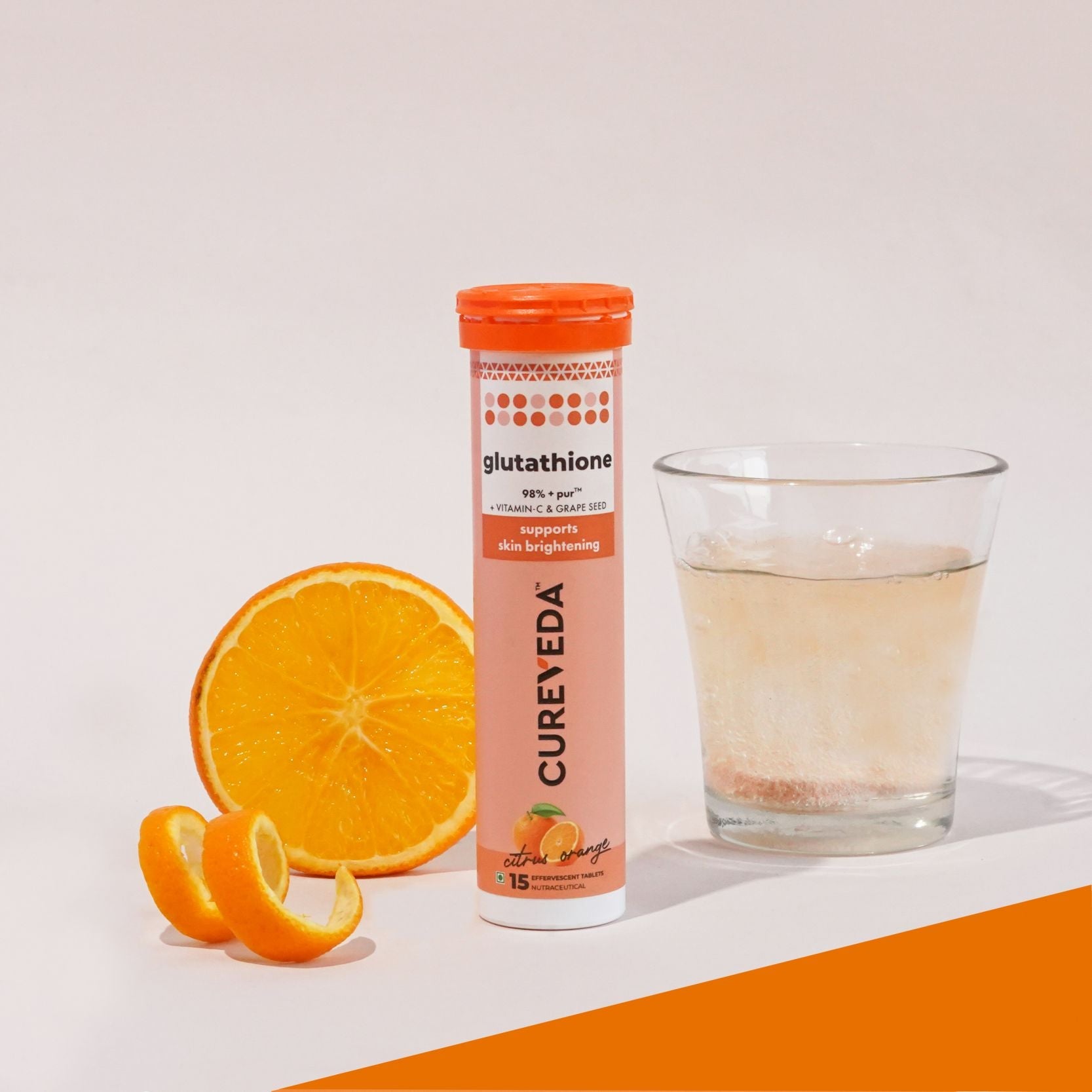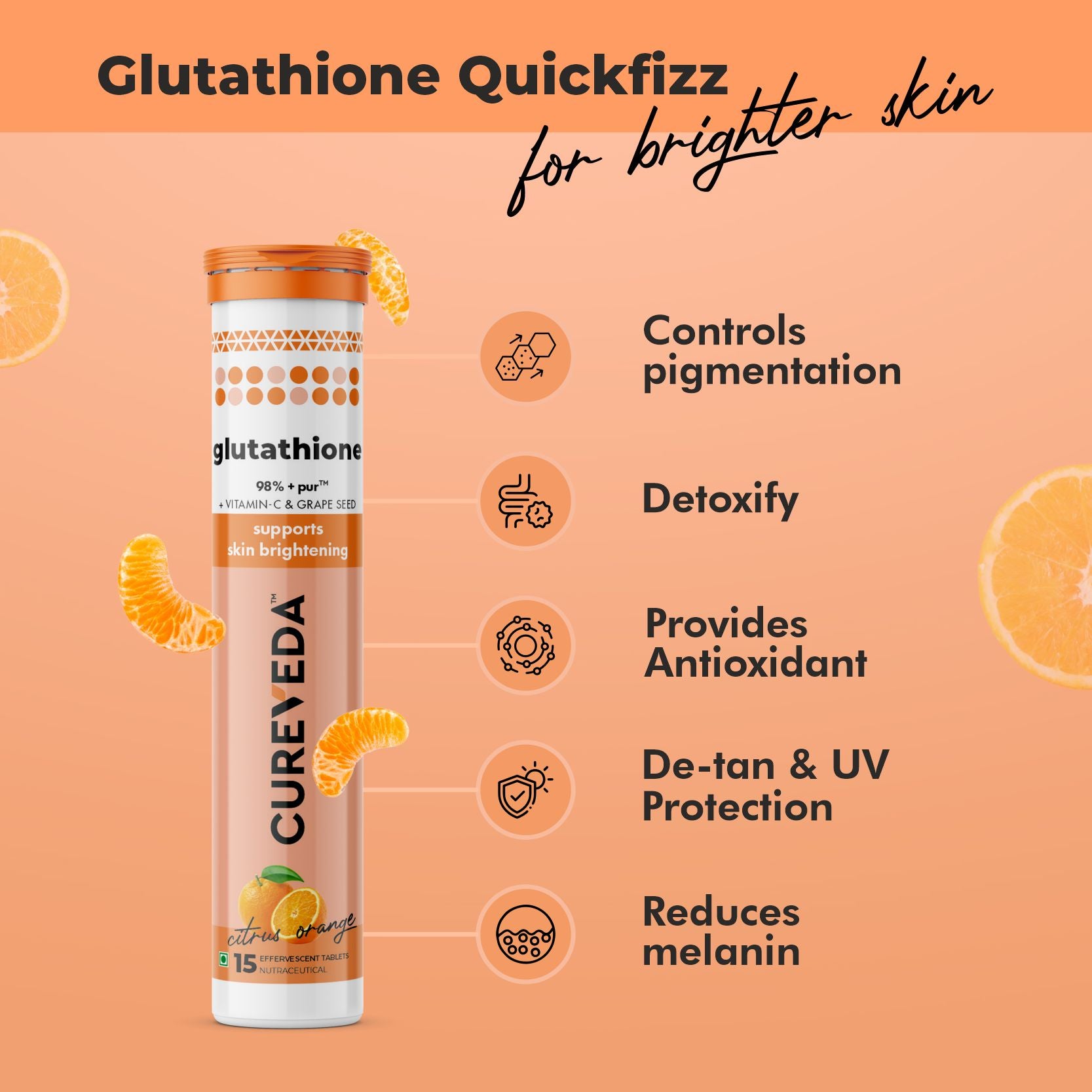Switra (Vitiligo/Leucoderma): Treatment and Cure by Ayurveda
Introduction to Switra (Vitiligo/Leucoderma)
A whitish discoloration of the skin (Sweta Varna Twacha) is referred to as Switra. In modern terms, Vitiligo (from the Latin "Vitellos," meaning "white sheep") is characterized by patches of skin losing their pigment. "Leuco" means "white" and "derma" means "skin," thus leucoderma refers to abnormal whiteness of the skin. It is important to note that leucoderma is a non-contagious condition and is medically termed vitiligo.
Vitiligo is unique among skin diseases as it does not cause itching, pain, or physical discomfort. It is an autoimmune condition, similar to other diseases such as diabetes, cancer, hypothyroidism, alopecia areata, and lichen planus. Among these, vitiligo is the mildest. Many individuals with vitiligo have a family history of autoimmune diseases, indicating a predisposition that could have resulted in more severe conditions.
Causes of Vitiligo
- Immune Hypothesis: Destruction or dysfunction of melanocytes (pigment-producing cells) due to immune response.
- Neural Hypothesis: Neurochemical inhibitors at nerve endings that destroy or inhibit melanocyte function.
- Melanocyte Self-Destruction Hypothesis: An intermediate in melanin synthesis causes melanocyte destruction.
- Dietary Deficiency: Lack of proteins and minerals, particularly low copper levels in serum, skin, and cerebrospinal fluid.
- GI Disorders: Chronic amoebiasis, dyspepsia, and intestinal worms. Broad-spectrum antibiotics like chloramphenicol and streptomycin.
- Local Irritation: Tight clothing such as saris or trousers.
- Composite Hypothesis: A complex interaction of multiple factors affecting melanocytes.
Symptoms of Vitiligo
- Harmless white patches on the skin, more common in women and typically seen on the hands, neck, back, and wrists.
- Generally, no other symptoms besides whiteness of the skin. Occasionally itching due to sun exposure or contact with chemicals.
- Patches may appear pale, red, or milky white.
Conditions with Similar Symptoms
Halo nevus, skin injury, tinea versicolor, lichen sclerosis, leprosy, morphea, pityriasis alba.
Diagnosis
A white patch is likely vitiligo if it:
- Has a darker outline than the skin.
- Is irregular in appearance.
- Gradually increases in size.
- Appears milky white under ultraviolet light.
Ayurvedic Correlation and Treatment
Vitiligo can be correlated with Shwitra in Ayurveda. Acharya Charaka mentions causes such as Virudha Ahara Sevan (improper diet) and Papkarma (bad deeds), which vitiate Kapha Dosha, affecting the meda dhatu (fat tissue) and causing white patches.
General Treatment Approach:
- There is no single therapy that produces consistent results in all patients. Treatment is usually long-term and may take months or years.
- Goals are to control the disease, and produce pigmentation and may include surgical treatments, melanocyte culture, or cosmetic treatments.
Ayurvedic Management
Purification Therapies (Shodhana Karma):
- Herbal decoctions of Psoralea corylifolia (Bakuchi Kwatha) and Euphorbia neriifolia (Snuhi) induce multiple bouts of purgation.
- Oil massage (Taila) based on patient examination and disease.
- Sun exposure (Soorya Pada Santhapam) for as long as tolerable.
Herbomineral Preparations:
- Topical application of herbal lepa (pastes), powders (Curna), herbalized ghee (Ghrita), semi-solid preparations (Avaleha), herbalized oils (Thaila), fermented solutions (Asava-Arista), and tablets (Vati/Gutika).
- Bakuchi oil (Psoralea corylifolia) and sesame oil are used, which contain psoralen to stimulate melanocytes under UV light.
Specific Ayurvedic Treatments:
- Shodhana (Purification): Virechan (purgation) using Malpurasa (Bakuchi), Suryasnan (sun exposure), Khadirodakpan (herbal drinks), various lepa, and Raktamokshan (bloodletting).
- Diet and Lifestyle: Increase consumption of bitter vegetables like drumsticks and bitter gourd. Avoid difficult-to-digest foods, sour taste, excessive salt, curd, fish, jaggery, and sesame seeds. Avoid incompatible food combinations like fish and milk together. Ensure adequate sleep and avoid excessive exposure to cold or heat.
Dietary Recommendations:
- Avoid excessively sour foods, as vitamin C inhibits melanin production. Refrain from citrus fruits, sour yogurt, sour pickles, etc.
- Minimize non-vegetarian foods, especially seafood, which can introduce harmful chemicals like mercury. Avoid artificial colors in food.
- These dietary guidelines are based on clinical experience and patient feedback, even if scientific evidence is limited.
Conclusion
Vitiligo is a non-contagious, chronic condition characterized by white patches on the skin due to loss of melanin pigment. Ayurveda offers a comprehensive approach to managing vitiligo through purification therapies, herbal and herbomineral preparations, diet, and lifestyle modifications. The goal is to control the condition and promote pigmentation, providing a holistic approach to treatment without adverse effects.
Note: Ayurvedic medicines and treatments should be taken under the supervision of a qualified Ayurvedic doctor/physician. The information provided in this article is for general educational purposes and should only be used with consulting a qualified Ayurvedic doctor/physician.



 Shop All Products
Shop All Products





